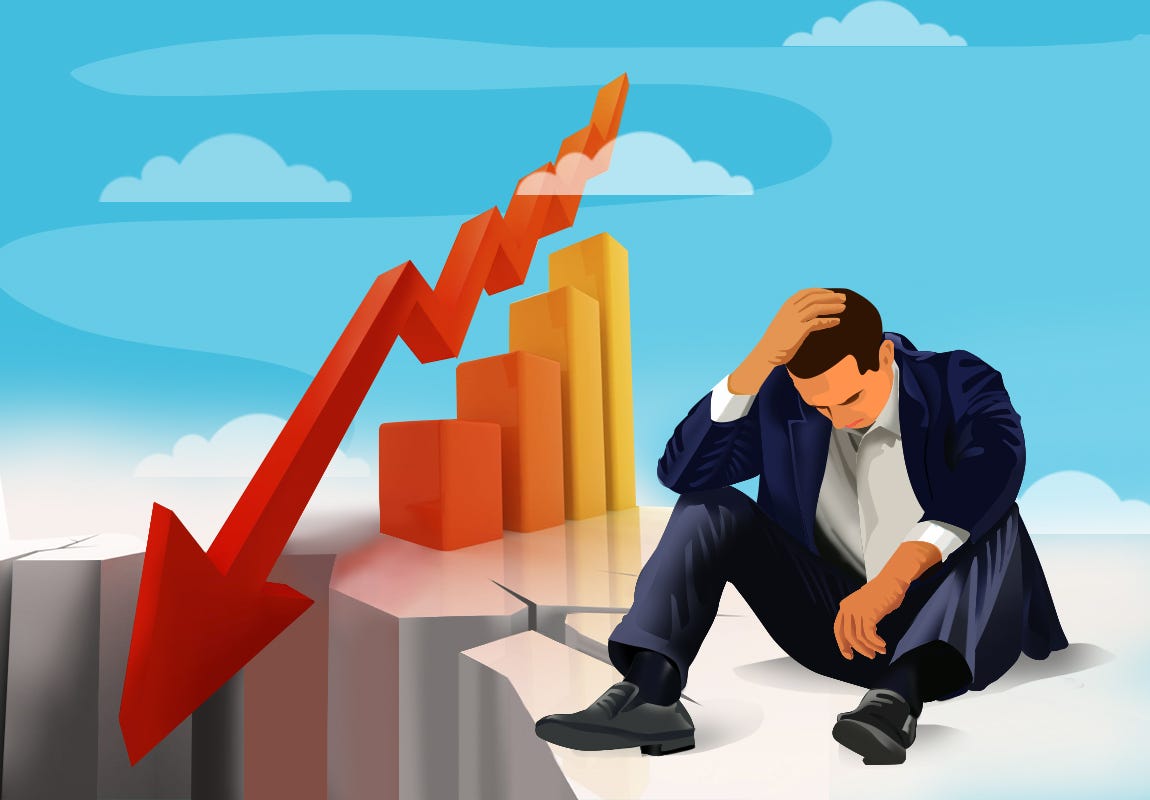The Great Depression left millions of people unemployed across the United States, caused the rise of the Nazi regime, and ultimately led to the start of World War II. After World War I, the 1920s witnessed economic recovery and growth. However, the seeds of the Great Depression were also planted in those years. By 1929, the period of economic recovery, which had started in the mid-1920s, had come to an end.
The Great Depression hit the United States in 1929. The direct consequence of the Great Depression was the crisis which consumed the whole of Europe. The Great Depression showed how interconnected the economies of the United States and the Europe were. The economic support extended by the US to many European countries dried up during the Great Depression.
In order to support home-grown industries and to revive their national economies, many countries started to impose restrictions on the import of goods and services from other countries.
In the US, entire industries were shutting down and millions were thrown into unemployment. In Germany, 6 million people were unemployed by 1932, and about half the population became impoverished. In Britain, the number of unemployed people went up to 3 million.
The European countries which relied on agriculture were also hit by the recession. They had depended on the export of their agricultural products for income. The drastic fall in the prices of agricultural products ruined their economies. In order to support home-grown industries and to revive their national economies, many countries started to impose restrictions on the import of goods and services from other countries. The key idea was to make imported goods and services more expensive in comparison with local ones and thereby reviving the local economy. Import restrictions made it especially difficult for farmers to export agricultural produce and products, thereby worsening their economic situation.
While the stock market crash of 1929 is often considered as the beginning of the Great Depression in the US, it was not the only cause behind it. By the early 1920s, most of the European economies were already in decline. European countries struggled to repay debts owed to the US after the first World War. Germany, after the Treaty of Versailles, was paying heavy reparations. In 1922, Germany experienced hyperinflation, and by 1923, one trillion German marks was worth 1 US dollar. Germany’s shaky economy was briefly resurrected by a currency reform, and the Dawes Plan made it easier for Germany to pay reparations.
Meanwhile, the US economy was flourishing. Wages were on the rise and tax rates were cut to encourage spending. The rise of the automobile sector was a huge boost to the American economy, providing millions of jobs. Products like radios and washing machines became very popular in the market as people began to purchase such goods on credit.
During this period, the New York stock exchange experienced exuberant growth in the buying and selling of stocks. As stock prices skyrocketed in the beginning, people began to believe that the stock market would make them rich quickly. Some people even took loans to buy stocks. Even though stock prices rose exponentially throughout the decade, the global trade was slowing down.
On ‘Black Thursday’, October 24, 1929, after a rush of panic selling, the stock market crashed.
The European economies declined considerably as a result of the first World War. In the absence of a global market for goods and services, the United States suffered from steep declines in exports. Crop yields were at an all-time high but the markets for agricultural produce and products were shrinking. Almost one-third of Americans still worked in the agricultural sector, so the industry’s collapse would have massive consequences.
Stock markets became shakier as the high stock prices were not based on economic fundamentals. On ‘Black Thursday’, October 24, 1929, after a rush of panic selling, the stock market crashed. Between 1930 and 1933, a number of banks collapsed resulting in further loss of confidence in the economy. As banks collapsed, the credit available to companies further dried up bringing industrial activities to a grinding halt. In 1932, the depression reached its zenith.
The global trade situation worsened during Herbert Hoover’s presidency in the US. The policies designed to protect American interests in the form of greater import tariffs created severe economic problems for countries exporting to the US.
The political aftermath of the ensuing economic crisis in Europe did not bode well for democracy. During this period, many countries saw authoritarian, semi-fascist and fascist regimes being established. Even in countries where democracy had taken roots, fascist forces were gaining strength. In Germany, the crisis helped the Nazis gain power. Hitler became the Chancellor of Germany in 1933.
In the US, Franklin D Roosevelt, who became President in 1933, introduced the ‘New Deal’, an enormous economic relief programme to save the economy. The aim of this programme was to set up the public works administration to create more jobs through the development of public infrastructure projects such as bridges, roadways and schools. The government even paid writers and artists to produce works of art. Roosevelt also introduced policies to protect farmers.
However, Roosevelt’s policies in the first phase were controversial. The second phase of the ‘New Deal’ in 1935-36 introduced the Wagner Act and the Social Security Act. The Wagner Act gave workers the right to form unions. The Social Security Act gave unemployment insurance to Americans for the first time and provided support to the poor, the elderly and the disabled.
Though unemployment had dropped considerably by 1940, it was still very high, and the Great Depression remains the longest running economic downturn in the history of the industrialised world.
Now put on your thinking hats and think about the following questions for a couple of minutes.
As a teacher, how do you describe the term "The Great Depression" to your students?
Can you think of the reasons for the Great Depression?
How would you describe Franklin D Roosevelt's role in providing economic relief in the aftermath of the Great Depression?
Write down your thoughts and discuss them with your students, children and your colleagues. Listen to their views and compare them with your own. As you listen to others, note how similar or different your views are to others’.
Thank you for listening. Subscribe to The Scando Review on thescandoreview.com.
Happy Teaching!













The Great Depression